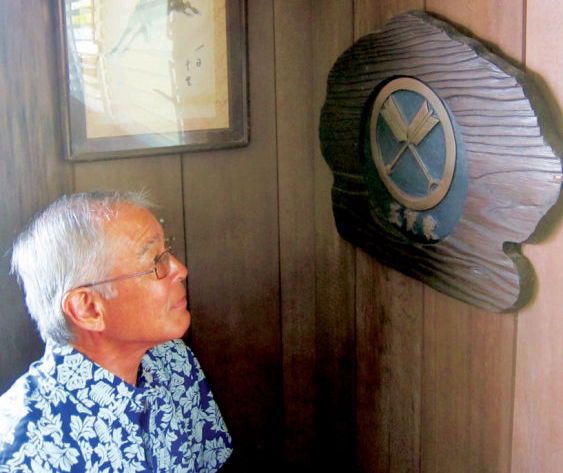The Japanese have been in Hawaii for more than five generations after Japan opened its doors to the West in 1868 and allowed its citizens to emigrate.
Many came to Hawaii to labor in the sugar plantations while others went to Brazil or Peru in South America.
With more than five generations of experience, the Hanapepe Public Library and the Kauai Soto Zen Temple are partnering to present a series of video-discussions on the Japanese community in Hawaii.
The videos which will be shown to the public starting Thursday.
“From Bento to Mixed Plate: Americans of Japanese Ancestry in Multicultural Hawaii” will air at 6 p.m. in the Hanapepe Public Library conference room. Following the video people can share their thoughts and experiences while light refreshments are served.
The title of the series, “The Japanese American Experience on Kauai,” which will continue on the second Thursday of each month through June 12 is patterned after the Japanese American National Museum’s exhibit, “From Bento to Mixed Plate” which opened in Los Angeles in 1998 and traveled through the Mainland and Hawaii before closing in 2002.
“The metaphor of using food to describe the local Japanese American experience is colorful and most appropriate,” said Gerald Hirata of the Hanapepe Soto Zen Temple. “And we want to highlight the experience of this island.”
Ed Goka, who arrived on Kauai in 1992, was born in Atlantic City.
“My dad was one of three brothers who managed bingo parlors across the country,” Goka said. “The others were in Redondo Beach, Calif., and Galvaston, Texas. Today, I have relatives all over the United States.”
He can trace his family ties to the time when the feudal samurai clans were fighting for control of Japan at the end of the 12th century. During the famine and turmoil of the late 1800s, Ed’s grandfather, Jokichi, emigrated to Kauai as free laborer, working in the household of Hans and Dora Isenberg, Hans who was a Lutheran minister, serving as the manager of the Lihue and Koloa sugar plantations.
Jokichi Goka married Suye Kikushige whose family also left Japan as free laborers with ties to the family of the former Yoneji Store in Lihue.
As a family, they raised eight children on Kauai, and following Jokichi’s retirement with the Isenbergs, Jokichi invested in a family business in Honolulu.
The story unfolds as one brother returned to Japan, another moved to California while Jokici struggled with the family business. Eventually the lure of new opportunities in California moved everyone to the Mainland.
When the Japanese Americans on the West Coast were interned into relocation centers during World War II, Ed’s family remained on the East Coast, moving to New York City before settling in Culver City, Calif. where Ed was raised and spent most of his adult life.
“This (Kauai) is my home,” Ed said. “My grandfather came here. My dad was born and raised here. For me, this is where it started, and this is where it will end.”
Call Karen Ikemoto at the Hanapepe Public Library at 335-8418 for more information.
• Dennis Fujimoto, staff writer and photographer, can be reached at 245-0453 or dfujimoto@thegardenisland.com.





